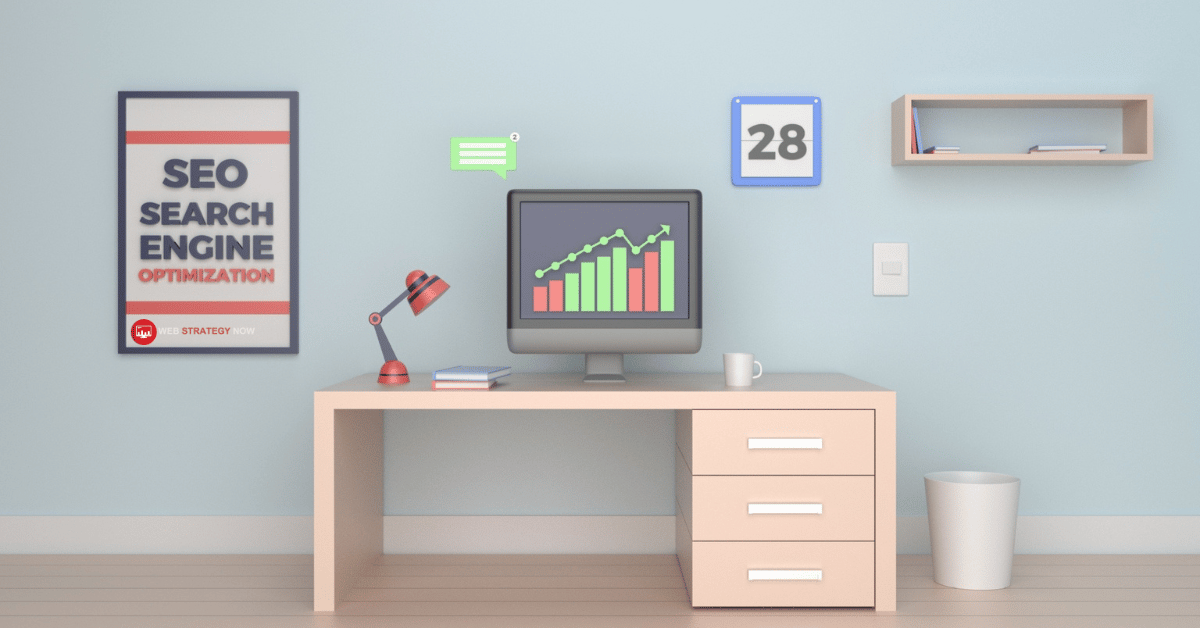Affiliate Disclaimer: This post contains affiliate links. If you purchase through them, I may earn a commission at no extra cost to you.
Why Technical SEO?
Technical SEO Guide – If your website isn’t ranking as high as you’d like, despite having great content, technical SEO could be the problem. Many websites struggle because they’re not optimized for search engines to properly crawl, index, and understand their pages. That’s where this technical SEO guide comes in.

Technical SEO Guide – Key Takeaways
- Large images slow your site down—compress them and enable lazy loading.
- Broken links hurt rankings—fix them and use proper redirects.
- Google prioritizes secure sites—migrate to HTTPS now.
- An updated XML sitemap helps Google find your pages—submit it through Search Console.
- Most traffic is mobile—ensure your site is fully responsive.
- Excess code slows pages down—minify files and remove unnecessary scripts.
- Schema markup increases visibility—use it to stand out in search results.
The good news? You don’t need to be a developer to fix these issues. By making a few simple changes, you can boost your website’s rankings, improve page speed, and enhance user experience. Below are seven actionable fixes that will make an immediate difference.
1. Compress Large Images and Enable Lazy Loading for Faster Page SpeedPage speed is a major ranking factor. If your site takes too long to load, visitors will leave, and search engines will push your competitors higher in results. One of the biggest culprits? Large image files.

Here’s how to fix it:
- Compress images: Use free tools like TinyPNG or ShortPixel to reduce file size without sacrificing quality.
- Enable lazy loading: This delays offscreen images from loading until the user scrolls down, reducing initial load time.
- Use next-gen formats: Convert images to WebP instead of PNG or JPEG for better compression.
How Much Does Page Speed Matter?
| Load Time (Seconds) | Bounce Rate Increase |
|---|---|
| 1s | 0% |
| 3s | 32% |
| 5s | 90% |
| 6s+ | 123% |
Source: Google Research
Even a one-second delay can cost you conversions. Fixing this issue can instantly improve rankings and user engagement.

2. Fix Broken Links and Set Up Proper Redirects to Retain SEO Value
Broken links create a poor user experience and waste search engine crawl budget. Your site may lose authority if Google’s bots find too many broken links.
Here’s how to fix it:
- Scan for broken links: Use tools like Screaming Frog or Google Search Console to find 404 errors.
- Redirect old URLs: Set up 301 redirects to guide visitors (and Google) to the right pages.
- Fix internal links: Update outdated or misspelled URLs so users don’t hit dead ends.
Google’s algorithm favors sites that keep users engaged and provide a smooth browsing experience. This small fix can make a big difference in rankings.
Read More about website broken links in this article Website Broken Links: The #1 Silent Killer of Your SEO and How to Fix Them Fast
3. Use HTTPS to Secure Your Site and Boost Search Engine Trust
Google prioritizes secure websites. If your site doesn’t have HTTPS, visitors may see a “Not Secure” warning, leading to fewer clicks and a drop in rankings.

How to fix it:
- Get an SSL certificate: Most hosting providers offer free SSL.
- Migrate all pages to HTTPS: Update internal links, images, and scripts to avoid “mixed content” issues.
- Use 301 redirects: Redirect HTTP pages to their secure HTTPS versions.
Does HTTPS Really Improve SEO?
Yes! Studies show that HTTPS websites rank higher and have better conversion rates.
| Protocol | Average Page 1 Ranking |
|---|---|
| HTTPS | 94% of first-page results |
| HTTP | 6% of first-page results |
Source: Moz SEO Study
Security isn’t just for e-commerce—it impacts every website. If you haven’t made the switch, now is the time.
4. Submit an Updated XML Sitemap to Improve Technical SEO and Indexing
An XML sitemap acts like a roadmap for search engines. Without one, Google may struggle to find and index your pages properly.
How to fix it:
- Generate a sitemap: Use Yoast SEO (WordPress) or Google XML Sitemaps to create one.
- Submit it to Google Search Console: This speeds up indexing and ensures all important pages are discovered.
- Keep it updated: Remove outdated URLs and add new content regularly.
A well-maintained XML sitemap tells search engines what to crawl—helping your website rank faster and more accurately.
5. Improve Mobile Responsiveness to Align with Google’s Mobile-First Indexing
Over 60% of searches now happen on mobile. If your site isn’t mobile-friendly, you’re losing rankings and traffic.
How to fix it:
- Run Google’s Mobile-Friendly Test: Identify usability issues.
- Use a responsive design: Your site should automatically adjust to different screen sizes.
- Optimize touch elements: Ensure buttons and links are easy to tap on small screens.
- Improve mobile page speed: Minimize code, enable AMP (Accelerated Mobile Pages), and compress images.
Google prioritizes mobile-friendly sites, so if yours isn’t optimized, expect lower rankings and higher bounce rates.
6. Reduce Unnecessary Code to Speed Up Your Website Performance
Excessive code slows down your site. The more JavaScript, CSS, and unnecessary plugins you have, the worse your load time.
How to fix it:
- Minify CSS, JavaScript, and HTML: Use WP Rocket or Autoptimize to remove unnecessary spaces and characters.
- Eliminate unused plugins and scripts: Disable anything you don’t need to run your website.
- Reduce server requests: Combine CSS files and use async/defer for JavaScript.
A leaner website loads faster, ranks higher, and keeps visitors engaged.
7. Use Schema Markup to Enhance Search Engine Visibility
Schema markup helps search engines understand your content and display rich results like ratings, FAQs, and event details.
How to fix it:
- Use Google’s Structured Data Markup Helper: It makes adding schema easy.
- Implement FAQ, Review, and Product schema: These improve visibility in search results.
- Test with Google’s Rich Results Tool: Ensure your markup is correctly formatted.
Does Schema Improve Click-Through Rate (CTR)?
Yes! Studies show that rich results get 58% more clicks than standard results.
Example of Schema Markup in Action:
| Feature | Without Schema | With Schema |
|---|---|---|
| Star Ratings | No | Yes |
| Price Display | No | Yes |
| FAQ Section | No | Yes |
Adding schema markup takes minutes but increases your visibility and engagement.
Want to improve your SEO rankings?
Start with these seven simple technical SEO fixes today. Each one is quick, effective, and proven to work. The faster you implement them, the sooner you’ll see higher rankings and increased traffic.
Don’t wait—optimize your site now and stay ahead of the competition.




